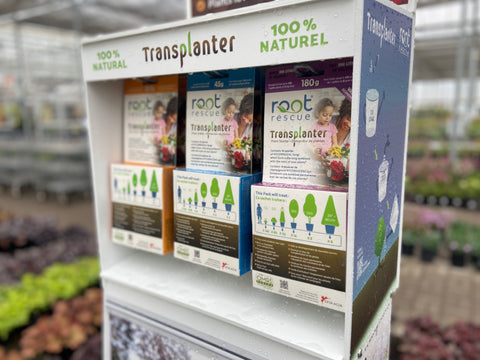When planting a tree, does it need fertilizer?
Should I fertilize the tree? This is a question I get asked regularly. A client purchases a tree and wants it to thrive. Whatever it takes. What do you recommend?
First off, when planting a tree, I plant directly into existing soil. I do not amend the planting hole itself. Why? I don’t want the tree to circle its roots in the planting hole because it is looser than surrounding soil and to not explore the rest of the soil. If your soil is not great throughout your property and you wish to amend it entirely, the best way to do this is by adding organic matter. It could be compost, manure, etc. We never want to use potting soil as an amendment to ground soil at all. The reason is that it is not soil. It is peat moss and vermiculite with possibly some slow release nutrients. It does not provide any organic matter and will not help our plant material.
Getting back to fertilizer, it does play an essential role in growing and trees are no exception. Even if we have not fertilized our soil, there is existing fertilizer available to all plant material through the soil. A newer product that is available commercially now is a Mycorrhizae product that is watered in at the time of planting trees and shrubs and helps the plants’ roots systems find the nutrients they need available in the soil. It is a microbial fungus that helps the root system grow and to root faster which enables the root system to absorb water and nutrients at a faster rate. There are current studies that show an increased drought tolerance in trees treated with mycorrhizae at time of planting compared to untreated trees. This is evident in both deciduous and evergreen varieties. Trees that have been grown in a pot have been fertilized with a slow-release fertilizer. The trees have been potted in a suitable soil mixture and require additional fertilizer as they may remain growing in these containers for a year or longer. Field grown trees that are dug into wire baskets are grown in a soil that has had a rotation of nutritious cover crops grown and tilled in to provide adequate nutrition.
Deciduous trees put on the majority of their growth with the first flush out of leaves in the spring. Fertilizing then, just before or around flush out is a great time if necessary. I would use an all purpose fertilizer at this point. A granular 20-20-20 or 10-10-10 that I chicken feed around my trees. Knowing that the roots are within the first 12” or foot of the soil. I want to ensure I am watering well after fertilizing or doing so before a big rain. This ensures that the root systems won’t burn. If your trees are planted with lawn surrounding them and you currently fertilize your lawn, it is not necessary to fertilize the trees. They will be getting enough stimulation from the lawn fertilizer.
Is it necessary to fertilize your trees if you have had no issues with growth or disease? No. If you maintain a healthy soil that you are amending to yearly, you may never need to fertilize them. However, if your only source of organic matter is a layer of mulch that is not getting worked into the soil, fertilizing yearly might be great idea for your plant material including trees.
Recap,
Do I need any fertilizer or special soil when planting a new tree. Answer-No
You can use a special mycorrhizae that will help with drought stress and nutrient availability to facilitate faster growth.
If I want to amend my soil to make it healthier, what do I add? Organic Matter in the form of compost or manure is beneficial. I recommend sourcing organic matter from a farm or natural compost source as opposed to sterilized bags found at some garden centres. 
